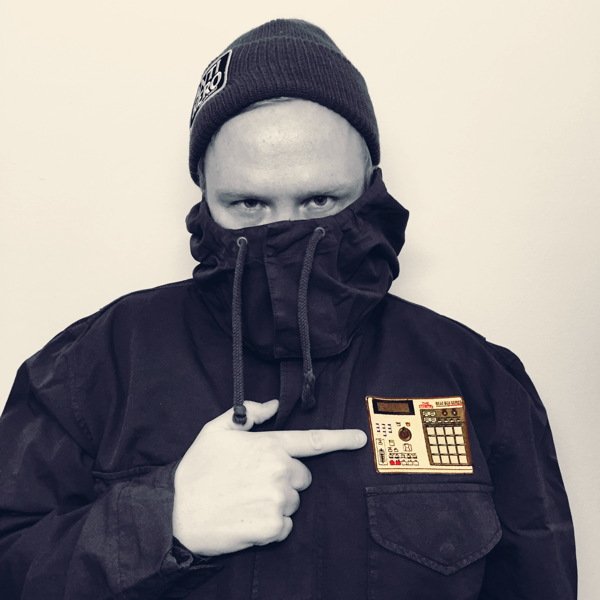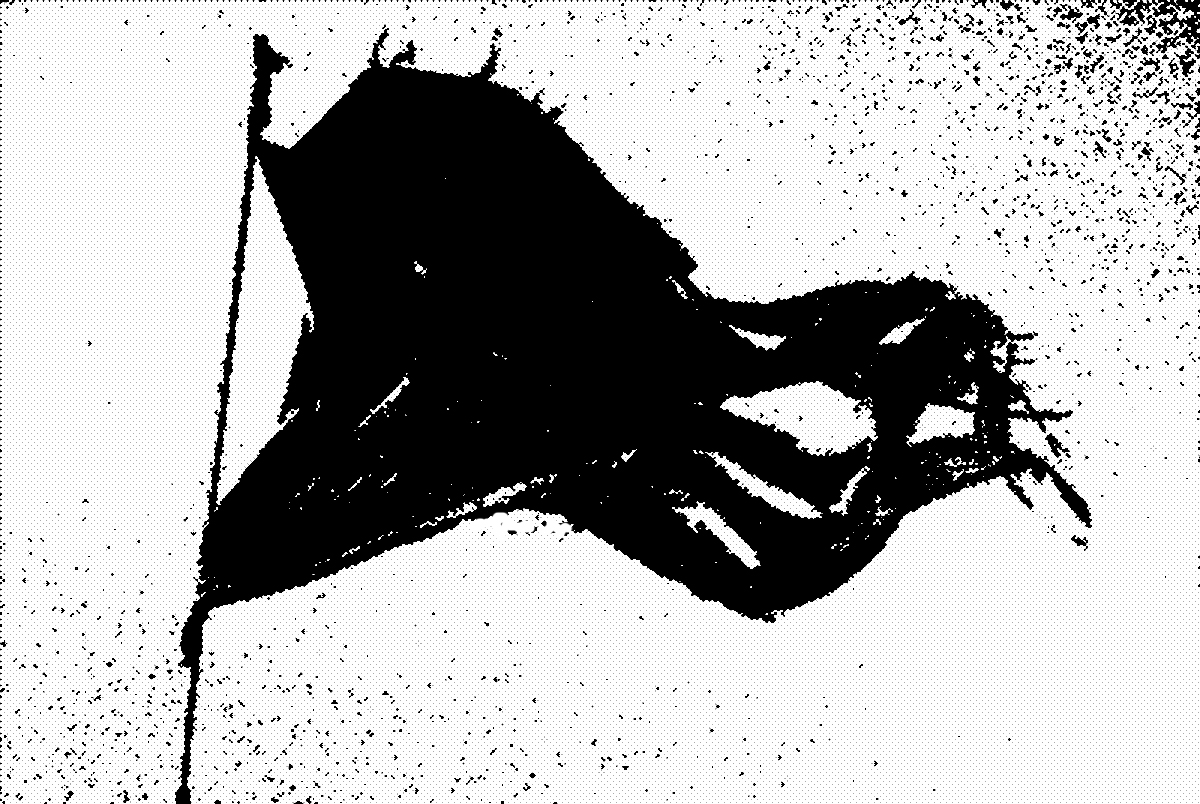By solrac
Wed Dec 01, 2021 1:30 pm
I know that's a very generic / subjective question... but what plugins/keygroups have you found to give you really big fat bass lines and subs when using MPC in standalone?
Have been working on a nu-skool breaks tune and struggling to get a really big bottom end. Currently using Oddysey for a mid bass (Woddy Bass pre-set) and Bassline plugin (Round Sub preset) for the sub.
I'm sure a lot is down to mixing, compression etc. but just thought this would make an interesting conversation to hear how people are doing it
e,g https://www.youtube.com/watch?v=jNQErYXPgak
Have been working on a nu-skool breaks tune and struggling to get a really big bottom end. Currently using Oddysey for a mid bass (Woddy Bass pre-set) and Bassline plugin (Round Sub preset) for the sub.
I'm sure a lot is down to mixing, compression etc. but just thought this would make an interesting conversation to hear how people are doing it
e,g https://www.youtube.com/watch?v=jNQErYXPgak










